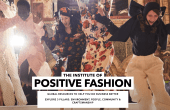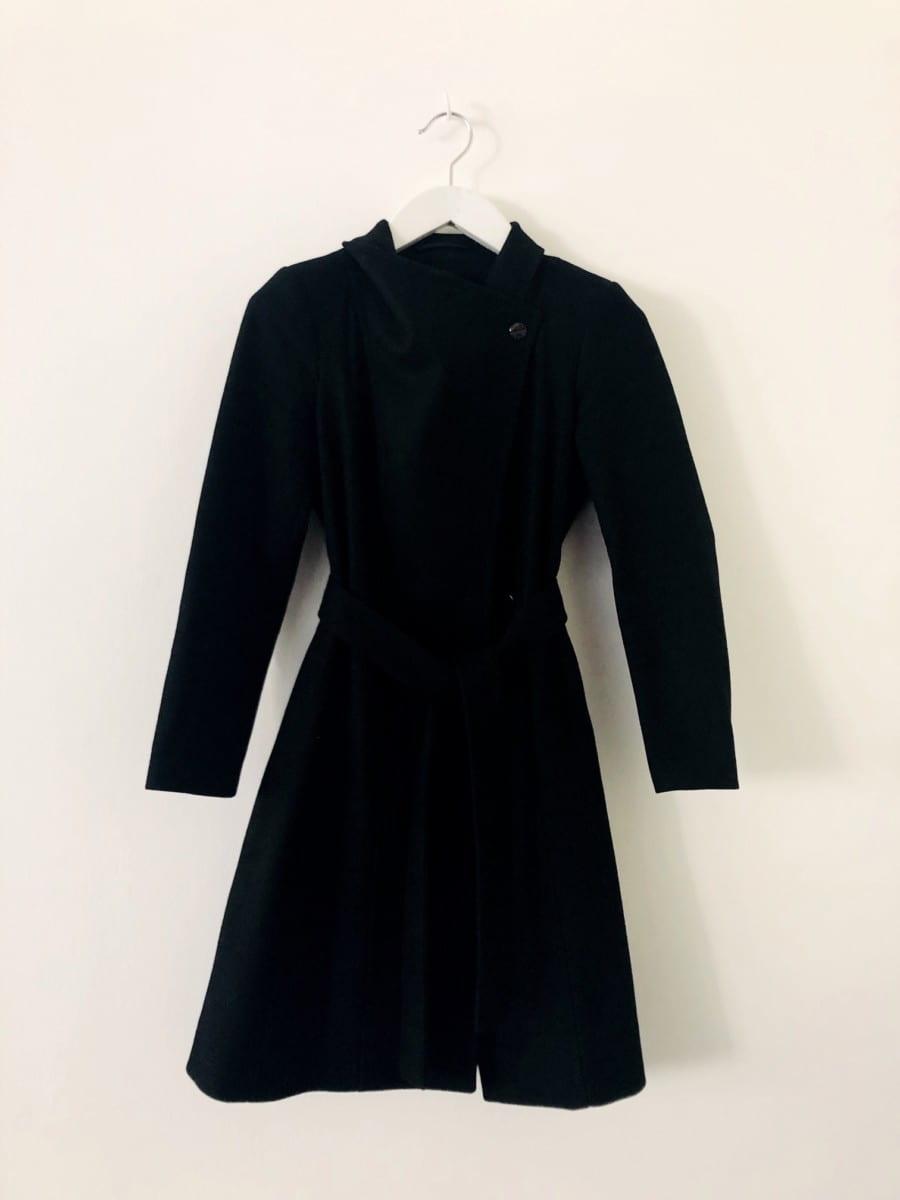
Wearing animal skins is no longer necessary in the twenty-first century. Contemporary fibres are just as effective at keeping our bodies warm, and a range of new materials can protect our feet equally well. Yet we immediately respond to leather in terms of its quality, tactility and flexibility. Most of us have a key leather item in our wardrobes, whether a dress, skirt or the ubiquitous biker jacket. Humans have converted animal skins and hides into leather for millennia, and today leather remains worn by the vast majority of people, who consider it more ethically acceptable than fur.
As with most ethical questions, answers are never straightforward. The leather-processing industry promotes leather as an environmentally friendly by-product of the meat industry. The skins of cattle, sheep and goats reared for their meat, milk or wool would be treated as a waste product were it not for the leather industry. Yet, in reality only twenty to thirty per cent of an animal hide is converted into leather, with the remainder generally thrown away. During the complex, multi-stage manufacturing process, the skins also undergo severe biological, chemical and mechanical treatments – for example, salt and sulphide treatments – mostly in huge vats of water that leave behind contaminated waste waters and effluents containing high levels of harmful pollutants, including unusable hide, flesh and other solid waste, which must be collected and discarded.
More stringent regulation is putting pressure on the leather processing industry to reduce its impact on the environment. New processes and technologies aim to reduce the levels of harmful pollutants within wastewater and to improve treatment technologies and water disposal methods, but these are still in early stages. As consumers of leather, we too need to do our part by asking fashion houses and retailers what they are doing to improve the manufacturing processes.
Their waste is our waste.

Now in 2019, we need to start looking even further into the idea of using leather within fashion. Former LCF MA student, Irene-Marie Seelig has looked into a vegan alternative to using leather for coats, bags and shoes by using mushrooms.
Irene-Marie believes in taking a holistic approach to sustainability, relating the health of the environment to that of its inhabitants. It was this idea that informed her project for the Kering Award: mushroom leather. This innovative material, made from the skin of Amadou Mushrooms, is a renewable, biodegradable and vegetarian leather alternative, and Irene tested both the aesthetic and the durability of the material to confirm its viability for the luxury fashion industry. Irene had begun researching the wellbeing properties of mushrooms when her mother was diagnosed with lung cancer in 2014, and it was from there that her research into mushrooms really began.

‘Since 2014, I have been researching mushrooms as a biodegradable, renewable material to be applied to the luxury footwear and accessories market. The inspiration began when I was relentlessly researching and looking for a natural immune-boosting alternative medicine for my mother to incorporate into her lung cancer treatment. The knowledge I gained from that experience leads my research in renewable and biodegradable resources that contain wellbeing qualities. Going through that journey with my mother made me realise that sustainability was no longer just about what the composition of the material was to ensure sustainability within the fashion industry, it is about the whole ecosystem of a supply chain, from the wellbeing of the workers within that supply chain to the wellbeing of its consumers, what components we allow into the production and processing phase and how we can begin to design products around the cradle to cradle concept through renewable, biodegradable materials with wellbeing qualities.’

Through this project, Irene hoped to address what identified as a gap in the market: a vegetarian leather alternative that could compete with its animal based counterpart. ‘The challenge that I identified for my project was twofold. First, there are limited options of sustainable, non-leather materials that are suitable for making luxury accessories and footwear, and the challenge of making these materials imitate the properties of leather. Second, the majority of non-leather materials are made from synthetic, polyester materials that have negative effects on the environment. Since 2013, Stella McCartney is committed to reducing the consumption and amount of petroleum in their products by using the Eco Alter Nappa material and polyester that comes from recycled plastic water bottles.’
Irene was inspired by the excitement her material generated, and hopes that the momentum it built up can be carried forward and prove to become a really important material for the luxury fashion industry.
To find out more on Amadou Leather, visit amadouleather.com and to shop more ethically visit how to create a more sustainable wardrobe.




